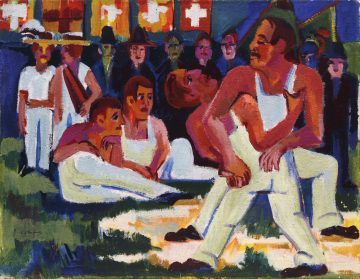Tim Parks in the New York Review of Books:
 Am I being reductive? All of narrative fiction, I’ve suggested, can be sorted into four grand categories. Each presents a rich world of feeling in which any number of stories can be told and positions established, but always in relation to, or rather, driven by, a distinct cluster of values and consequent emotions. My claim is that it really is worth being aware which of these worlds we are being drawn into. We read better. We know where we are. And what the dangers are.
Am I being reductive? All of narrative fiction, I’ve suggested, can be sorted into four grand categories. Each presents a rich world of feeling in which any number of stories can be told and positions established, but always in relation to, or rather, driven by, a distinct cluster of values and consequent emotions. My claim is that it really is worth being aware which of these worlds we are being drawn into. We read better. We know where we are. And what the dangers are.
Where did I get this idea? The novelist and critic Raymond Williams, whose lectures I attended years ago, used to speak with fascination of the identical “structures of feeling” that he came across in quite different books. “It was a structure in the sense that you could perceive it operating in one work after another which weren’t otherwise connected—people weren’t learning it from each other; yet it was one of feeling much more than of thought—a pattern of impulses, restraints, tones.”
The discipline of systemic psychology, which owed a great deal to the work of the anthropologist Gregory Bateson, elaborated similar ideas: families, communities, individuals could be understood in relation to distinct value systems. In her influential work Permitted and Forbidden Stories, the Italian psychologist Valeria Ugazio identifies four: the first three correspond more or less to the three kinds of fiction I’ve explored: stories focused on the characters’ relations to the community (belonging), around conflicts between indulgence and renunciation (goodness), around a tension between the craving to be free and a need to feel protected (liberty). And the fourth?
More here.
